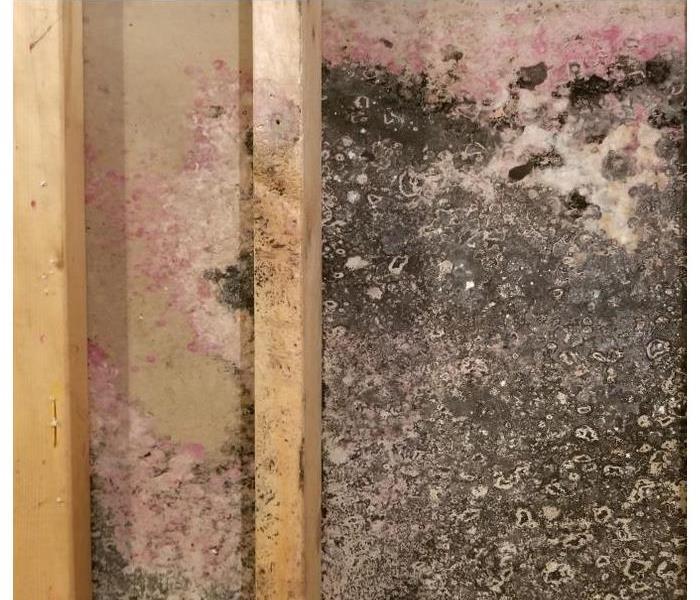Top 5 Places Where Mold Forms in Businesses
2/3/2021 (Permalink)
Check The Following Five Areas In Your Office
One big aspect of mold prevention is early detection. Although it is impossible to completely eliminate the possibility of fungal intruders in San Diego, CA, uncovering growths that have recently begun to develop grants you an opportunity to stop infestations from worsening. Here are five locations within your office that should be checked regularly.
1. HVAC Drain Pans
Air conditioning pans are located near your temperature control system’s cooling coils. The sweat that develops as air moves through the coils drips into the pan. When flow rates become too high, the collected condensation can overflow. This runoff sometimes soaks ductwork, making mold a possibility.
2. Ducts
Air moving through ductwork contains heavy moisture. When this buildup condenses, it gets absorbed into duct linings. Besides checking for growths, ensure that your system’s airflow rates are optimal as an additional form of mold prevention.
3. Ceilings
Because they tend to be porous, mold sometimes grows in ceiling tiles. Those adjacent to HVAC system vents are particularly vulnerable. Mold in ceilings can also result from roof leaks. When this happens, the eventual water damage gives good reason for hiring an expert roofing repair team. Such professionals are also typically capable of safely removing mold growth.
4. Carpeting
Carpets are susceptible to spills, floods, and leaks. Look underneath yours to determine whether dampness exists. A wet vacuum should be employed when water is discovered. Follow this step with a good steam cleaning. Fans and dehumidifiers may also be used to accelerate the process.
5. Wallboard
Flooding, groundwater and mechanical system leaks are common causes of damp wallboard. Get rid of compromised wallboard by cutting at least 20 inches above the water’s high point. Make certain that all wall and ceiling cavities are thoroughly dried before installing a fresh set.
An important part of mold prevention is rapid discovery. Halt the progress of fungal invasions by regularly checking your building’s most common trouble spots.






 24/7 Emergency Service
24/7 Emergency Service
